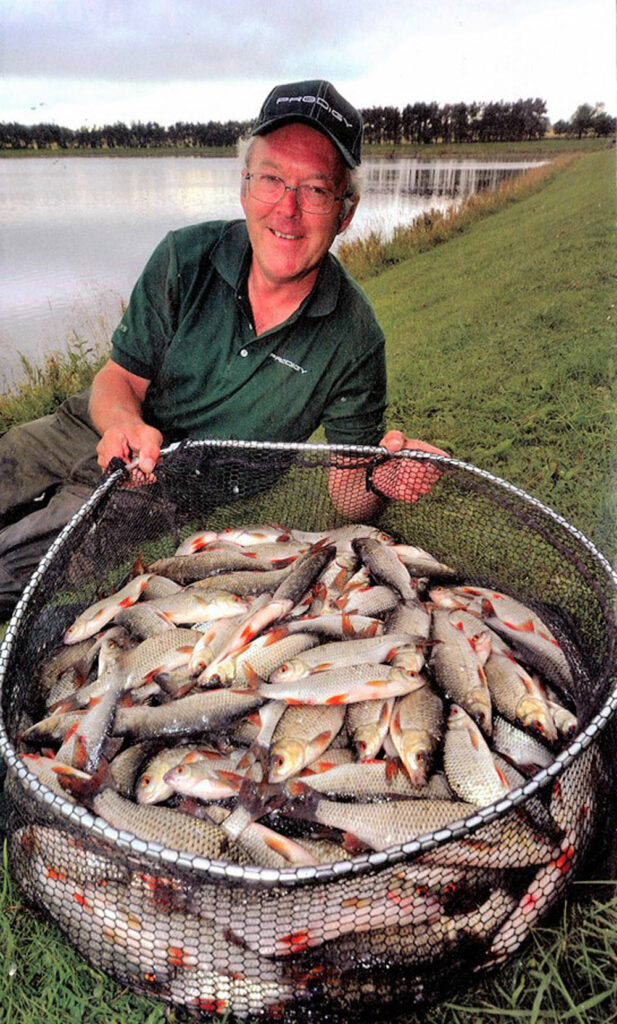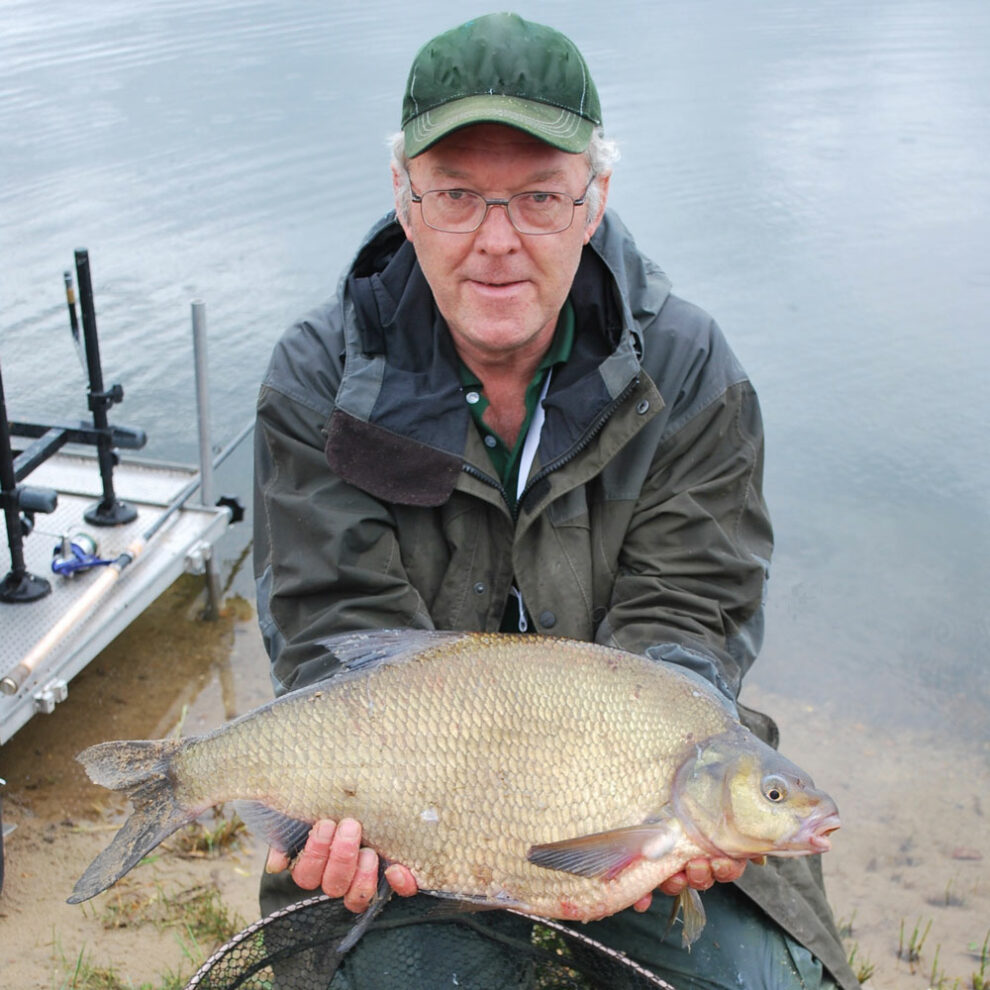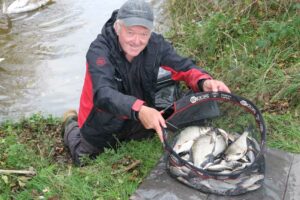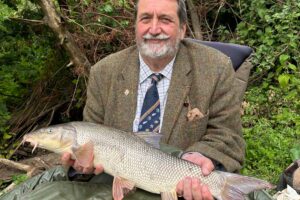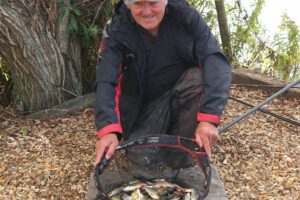Dave Coster was product development manager at Hardy and Greys, later working for French fishing tackle giants Rapala. For many years, he penned popular weekly features for Angler’s Mail, until the pandemic closed the magazine in 2020. He has written several top selling fishing books along the way and also worked with James Robbins at Pure Fishing. They became good friends and, despite taking separate career paths, have regularly kept in touch. Dave has followed the Cadence story closely since James started the UK arm of the venture, being one of the first customers to invest in a CP2000 Competition pole, which he still uses and highly rates. Having been asked to contribute regular blogs to the Cadence Fishing and Edge Tackle websites, Dave will continue to share his vast knowledge of the sport, combined with bringing you all his latest angling exploits. In this first feature, he summarises his fishing history and what he has been up to over recent years.
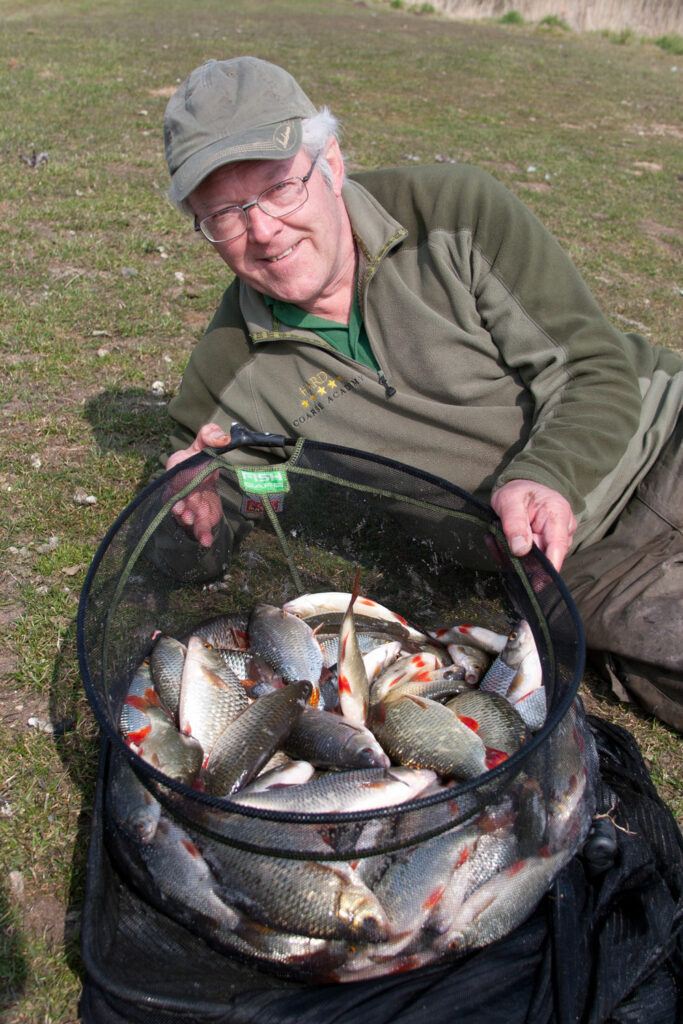
Gone Fishing
I spend time on the bank in many diverse places, always relishing a new challenge. I particularly enjoy sessions in beautiful surroundings and what we now term wild fishing, although I don’t ignore commercials. Furthermore, I realise how important the latter are to our sport, but places like Inniscarra in Ireland would normally be a first choice for me. This photograph was taken by Gary Newman when I joined him for an Angler’s Mail feature. It’s the old course of the River Lee that’s now part of a giant reservoir in County Cork, a water absolutely heaving with roach, rudd, bream and big hybrids. I began my match fishing career on another River Lea in the UK, where I got to know many top anglers, culminating in joining the hugely successful Van Den Eynde Essex County team. We won many big competitions, at a time when match fishing was huge. Fishing alongside top anglers like Bob Nudd, Wayne Swinscoe and Kim Milsom was the best education anybody could get.
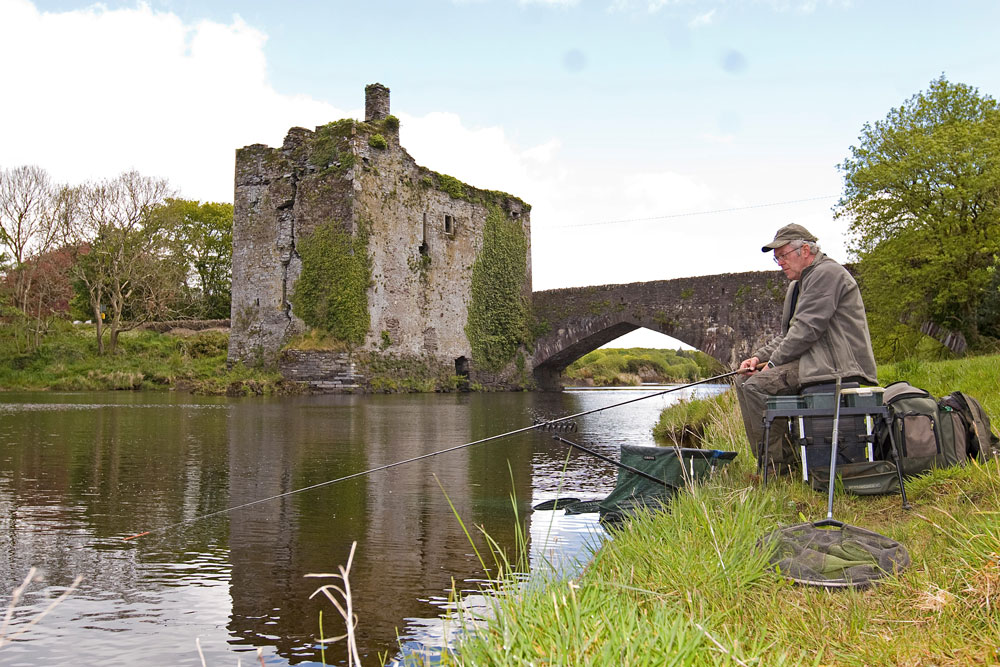
Away from Home
Working for Hardy and Greys as Product Development Manager took me to many countries. I was asked to fish at a big angling show in Germany. When I got to the lake the event was set up around, there was a poster of me in front of a cordoned off peg, with tackle perfectly arranged and ready to go. But they hadn’t mentioned I would be fishing in front of 10,000 spectators, alongside top European anglers, plus four times World Champion and my old teammate Sir Bob Nudd. I caught a huge bream and suddenly the crowd was clapping and cheering. A continental feeder fishing champion was next door and got rankled, disappearing after a couple of hours. The next day, I was invited to the River Ebro for a filming session with German Angling magazine Blinker. They told me I was setting up my feeder rig much too light for such a big and wild water, but the fishing gods were smiling over me that day. I emptied the place, catching a dozen good bream in the first hour.
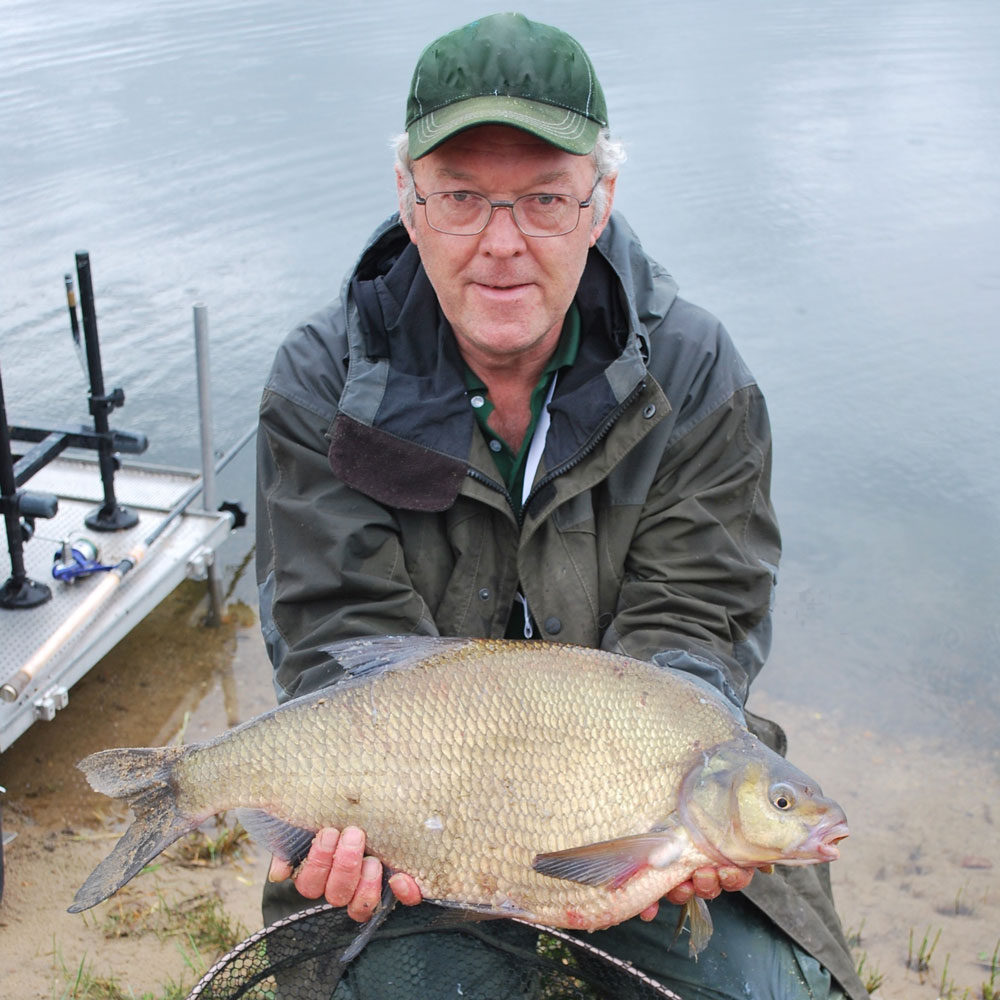
The Essex Era
I lived in London while fishing for Essex County, but later enjoyed several happy years in that region, close to Southend. I used to travel down there as a youngster, fishing from the end of the longest pier in the world and catching dabs. Going back, one of my favourite venues became Churchgate Fishery. I caught loads of carp and bream, but became obsessed with the big ide the place held. They were just as tricky as specimen roach to fool, but eventually, I nailed it, fishing single caster on light pole rigs down the margins, catching massive samples to over 3lbs. Another place I loved was the nearby River Chelmer, where many years ago I won the Martin Shield, which is the big annual river championship. That was when match attendances used to be mega compared to current times. On the same river, I also won a week-long trip to Ireland, to fish in the prestigious Embassy Challenge. I liked fishing the Malden Canal as well, enjoying a fair amount of success on there.
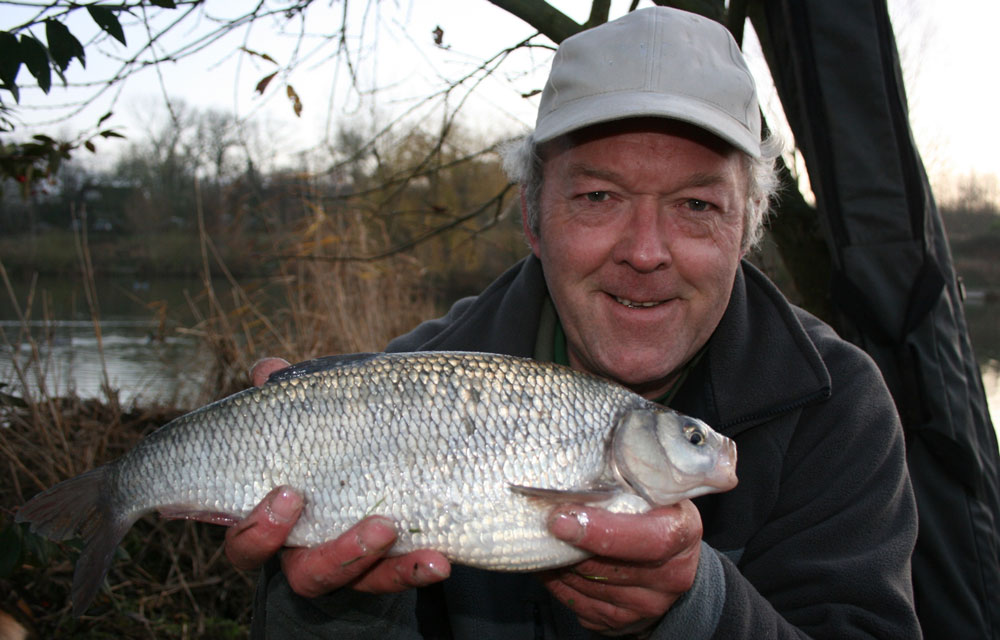
Park Fishing
When I was living in Essex, matches had fragmented into much smaller events, but I always enjoyed the Gloucester Park winter sweepstakes at Basildon. Big weights of carp normally won the money, but I persisted with silver fish. My biggest haul of quality roach was 56lb, which even beat the carpers in the cold conditions. It was hectic, switching between two feed lines and varying depths to keep in touch with the fish. I caught big red fins on the drop or with shallow set rigs, using light pole elastics. In a strange way, it reminded me of when I started fishing as a kid living in North London, when I used to visit Grovelands Park near Southgate, catching roach shallow with a matchstick float and half a pint of maggots. One regular visitor to that venue was an actor, who lived nearby in Broad Walk, which locals call millionaire’s row. I discovered much later my fishing pal, who helped me learn the basics of watercraft, was famous and starred in several blockbuster films.
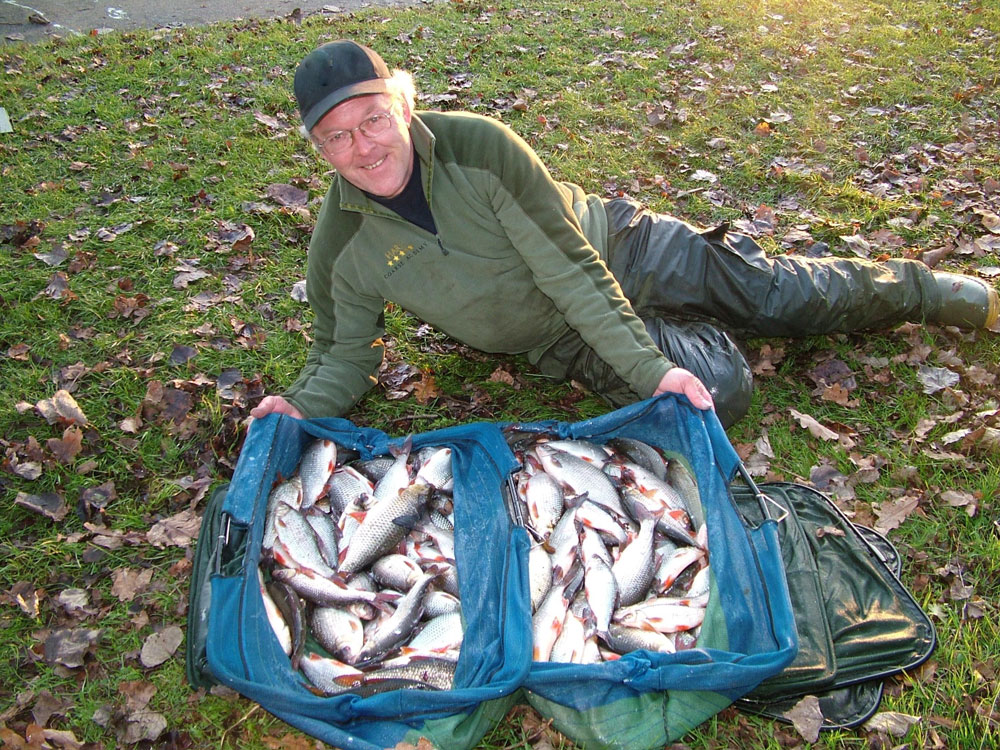
Up North
When I was offered the full-time job of product development manager at Hardy and Greys, it took me to Alnwick in Northumberland. It was a beautiful place but extremely harsh in the winter. I discovered just how extreme it could be after returning from a business trip abroad. It was snowing as we landed at Newcastle Airport and just after I got home the A1 closed. I managed to get my car into the back yard, but the next morning all I could see was its roof! Coarse fishing was limited in the northeast, and the best places for me turned out to be Whittle Dene and Fontburn Reservoirs. These were deep, clear water venues and hard graft at times, but gradually I discovered ways of catching some great bags of fish. Northumberland Water kindly let me have the run of Fontburn Reservoir for a couple of weeks after it closed to the public each winter. Despite being mainly a trout venue, it provided fabulous quality roach fishing. It was a bit eerie having 87 acres of water all to myself.
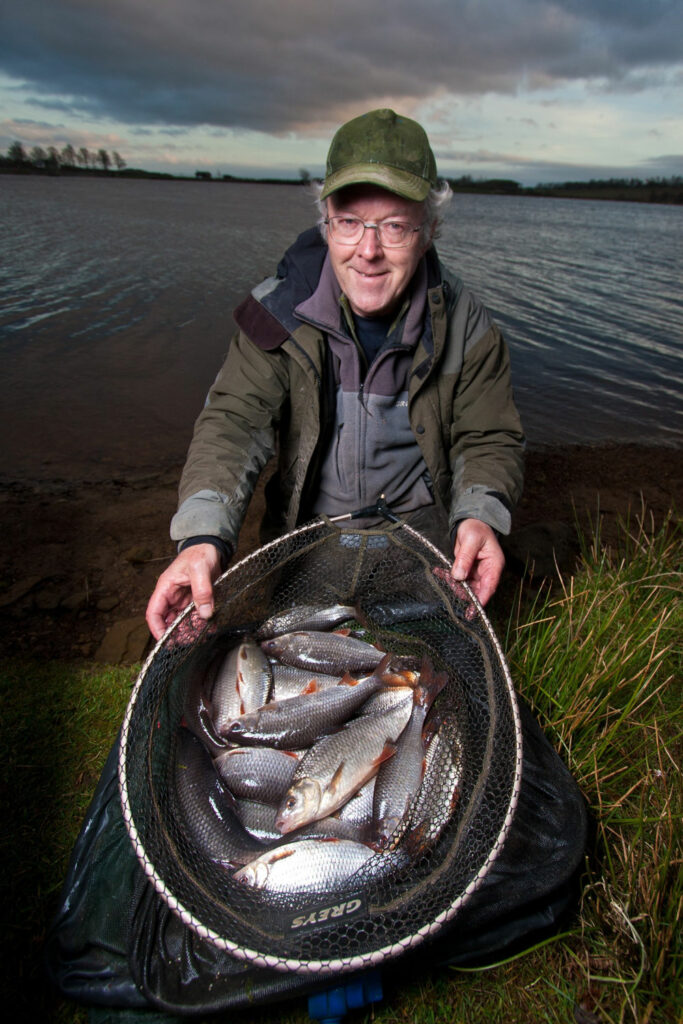
The Midlands
When I lived in London many years ago, it was always a magical experience travelling up for a day’s fishing on the mighty River Trent. Another notable venue was Holme Pierrepoint, just outside Nottingham. I was in the Essex County team that won the NFA Team Challenge Final there. After moving to the area, I discovered angling isn’t allowed any more on the rowing course, but the nearby Trent was a different story. One of my favourite stretches became the tidal reaches at Collingham, where it was possible to catch on my favourite old stick floats all day long. Mini stick fishing also became a top method on the narrow and shallow Upper River Witham, where I caught some massive chub and experienced some brilliant dace fishing. You could almost jump across this tiny river and many of the runs were only just over a foot deep, but monster chub exceeding 5lbs were resident. Wider stretches of the Witham were much harder and blighted by heavy weed.
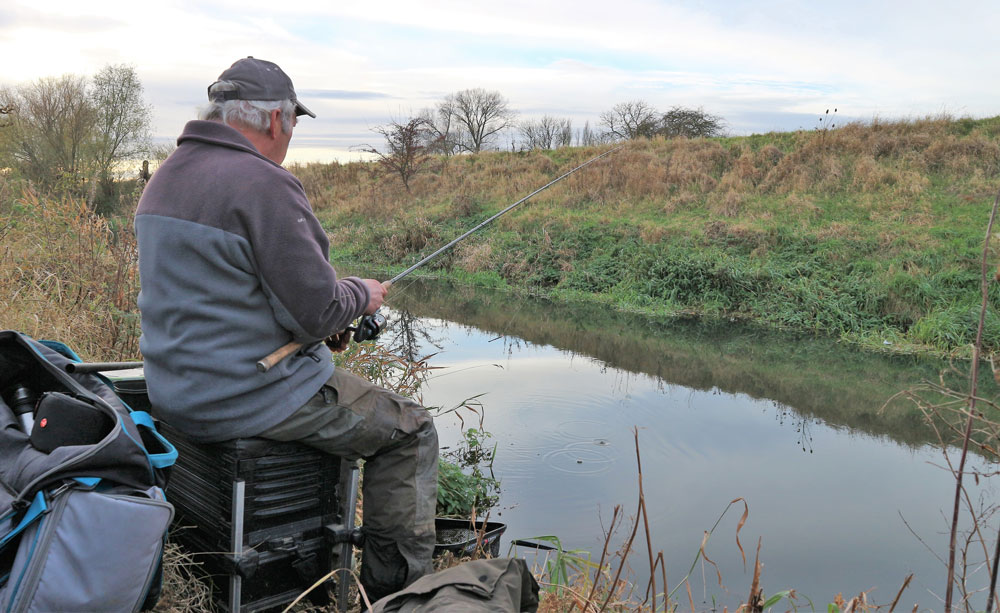
A New Playground
After moving to the Midlands, I discovered a wealth of great venues and one of my favourites became Woodland Waters at Ancaster. The large Specimen Lake is a brilliant winter hotspot for big roach and great for bream in the warmer months. The Match Lake is a bagging water, the sort of venue where you can catch varied species on anything from method feeders to delicate float tackle. I found the smaller lakes were packed with carp, but also held secret populations of silver fish. I targeted these when it was cold and the carp were less active, plus there were fewer people about to see what I was up to. The bigger lakes held magnificent hybrids, which I regularly caught when fishing shallow. Some closely resembled huge roach, with only a tiny hint of their bream ancestry. I caught many over 2lbs, with the biggest double that. My old match fishing mate Andy Griffiths used to travel up from London regularly to join me, seen here pole fishing on the Match Lake.
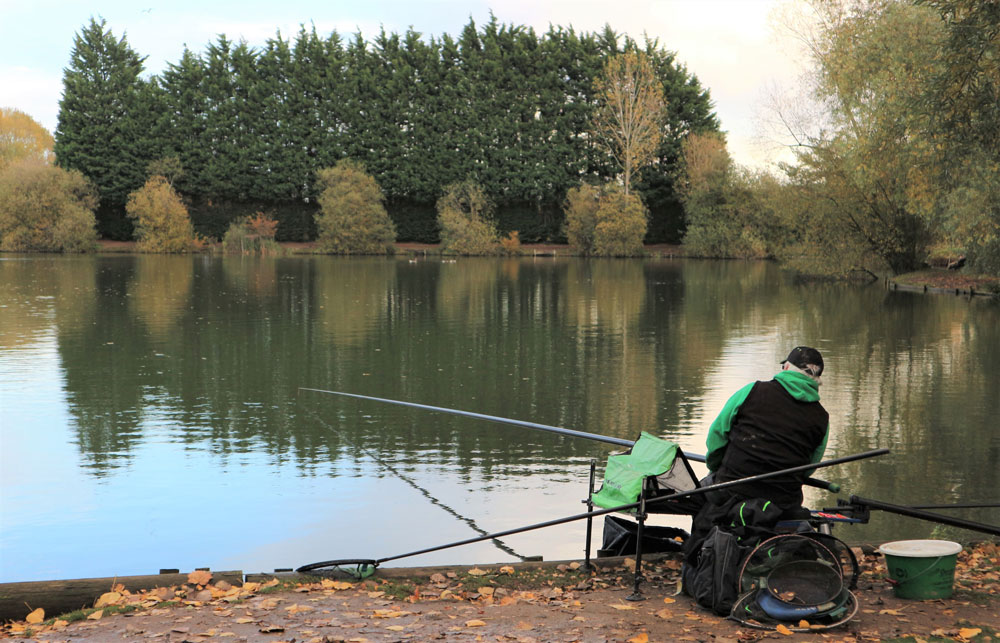
A Novel Method
Although I’m not into carp hauling matches, I do occasionally cross the border into the commercial side of things. Top carp baggers are obviously very good at what they do, but a quick fix keeps me happy for ages, allowing me to go off exploring wilder places. I get just as much satisfaction catching a double figure net of silver fish from a canal, as I do tipping back bulging nets of match-sized carp. I always enjoyed busy sessions, of course, no matter what happens to be feeding. This haul of winter carp came to an unusual method from a clear, shallow lake, where I struggled on my first visit. My mate Andy had bagged up with chocolate orange pellets, which were unusual at the time. This gave me the idea of feeding similar flavoured micros with a catapult, to stimulate the torpid carp into feeding, but without fear of filling them up. I waggler fished double red maggots over the top and, to my surprise, caught all day. It was bitterly cold and everybody else on the complex was struggling.
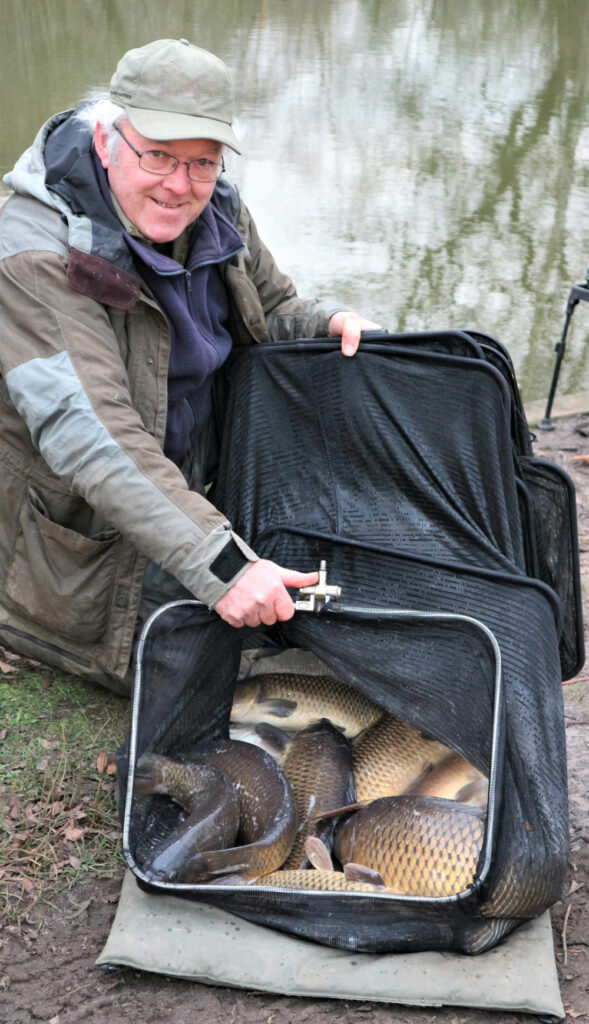
Canal Capers
I missed canal fishing when I lived in the northeast, so the first thing I did when I moved to the midlands was go exploring the disused Grantham Canal. Internet chat rooms basically said don’t bother, and I could see why when I discovered miles of this waterway choked with duckweed. It was like a green carpet, but I found a few clear areas and to my amazement there was some good fishing still to be had. However, the best canal was the Fossdyke at Lincoln, where I enjoyed some great sessions, catching loads and some surprisingly big fish. Rudd and perch to over two-pounds, bonus tench and even quality silver bream. This canal is quite wide, so I loved reviving my old canal waggler tactics, which were so successful on London towpaths in another lifetime. The biggest surprise occurred on my first visit, guesting in a Lincoln club match on a hot sunny day when the waterway was very busy. I weighed in close to forty pounds of bream and tench for a crazy victory.
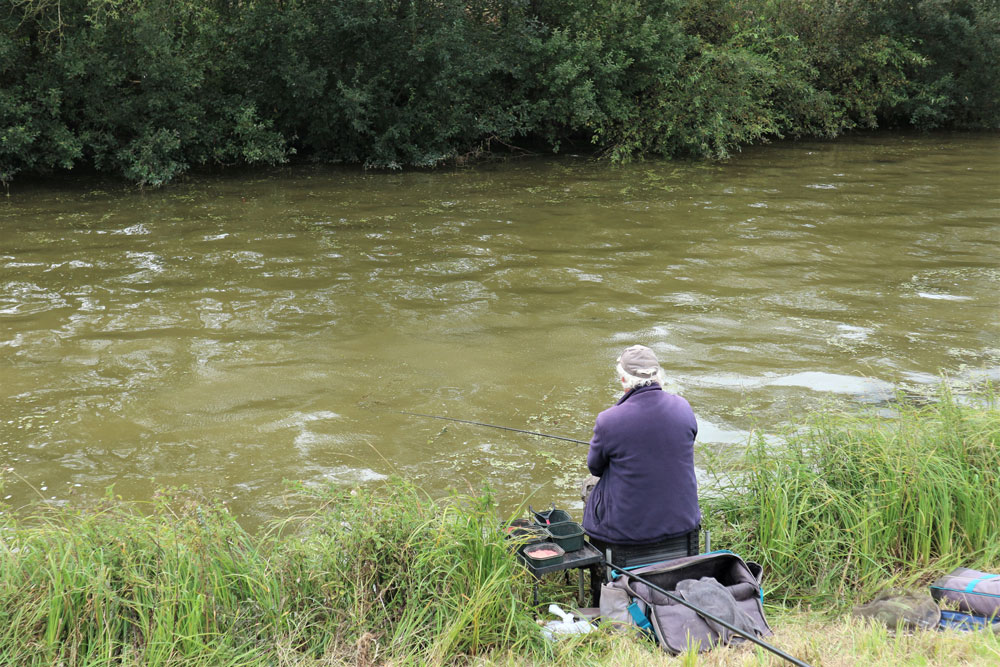
Staying Versatile
I have always enjoyed tackling big reservoirs. Most offer huge expanses of water and rugged shorelines, which reminds me of vast Irish Loughs, allowing similar methods to be used like big wagglers and long-range feeders. It’s intriguing to do something different like feeding balls of soft groundbait over a bodied waggler, a job that sees my trusty old Whopper Dropper catapult coming out of retirement. Deeper venues also allow the slider to come into play, a technique that is rarely seen these days. Sometimes the slider will outshine feeder tackle in deep and silty venues, where the hook bait can sink into soft bottom silt, greatly reducing the chances of anything finding it. But set a slider float up and seemingly dead swims often come to life. You can also work at different depths with this method, feathering the rig down to catch species like roach on the drop, or leaving the tackle for longer periods when it reaches the deck to find species like bream and hybrids.
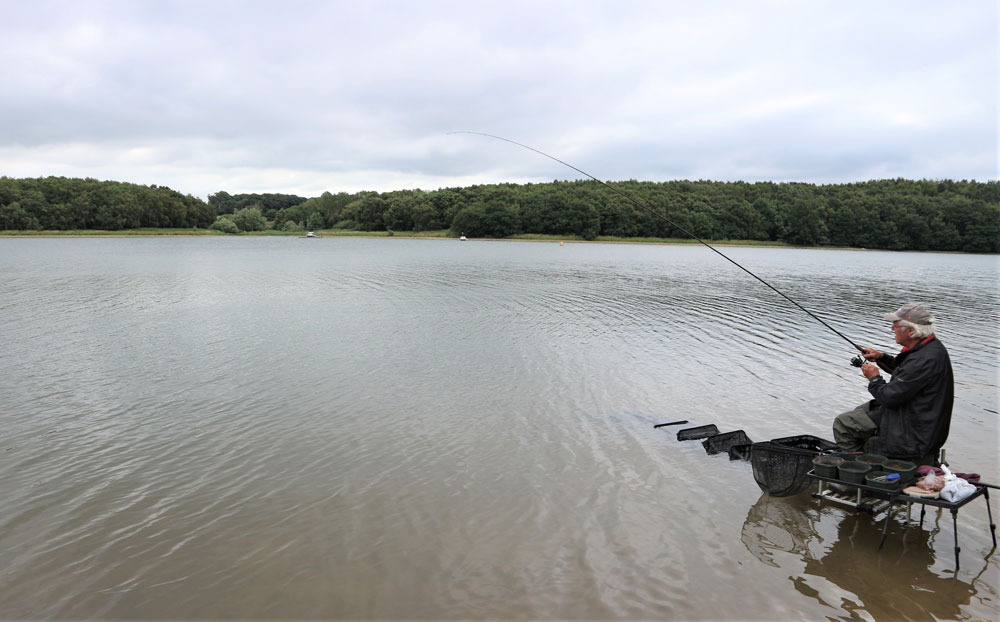
A New Challenge
It was the canals in and around London where I first got into match fishing, but sadly, people who still live there tell me things have changed. Nose to tail moored boats along the towpath, expensive waterside apartments with residents only parking, plus all sorts of other pressures have forced anglers away. After moving around the country due to work commitments, I have now relocated to Cambridgeshire. Famous pegs on the Old River Nene are only a few minutes’ walk away, and I can’t wait to explore them, along with all the other interconnecting drains in the area. It will be similar to canal fishing, although there are also old favourites like the Rivers Cam and Ouse not far away. There are plenty of lakes to enjoy as well, plus interesting tackle shops that don’t just stock carp puddle tackle. This huge haul of roach was taken at Whittle Dene Reservoirs in Northumberland, and I’m hoping to find similar sport in the heart of Fenland. I hope you will join me on this new adventure.
